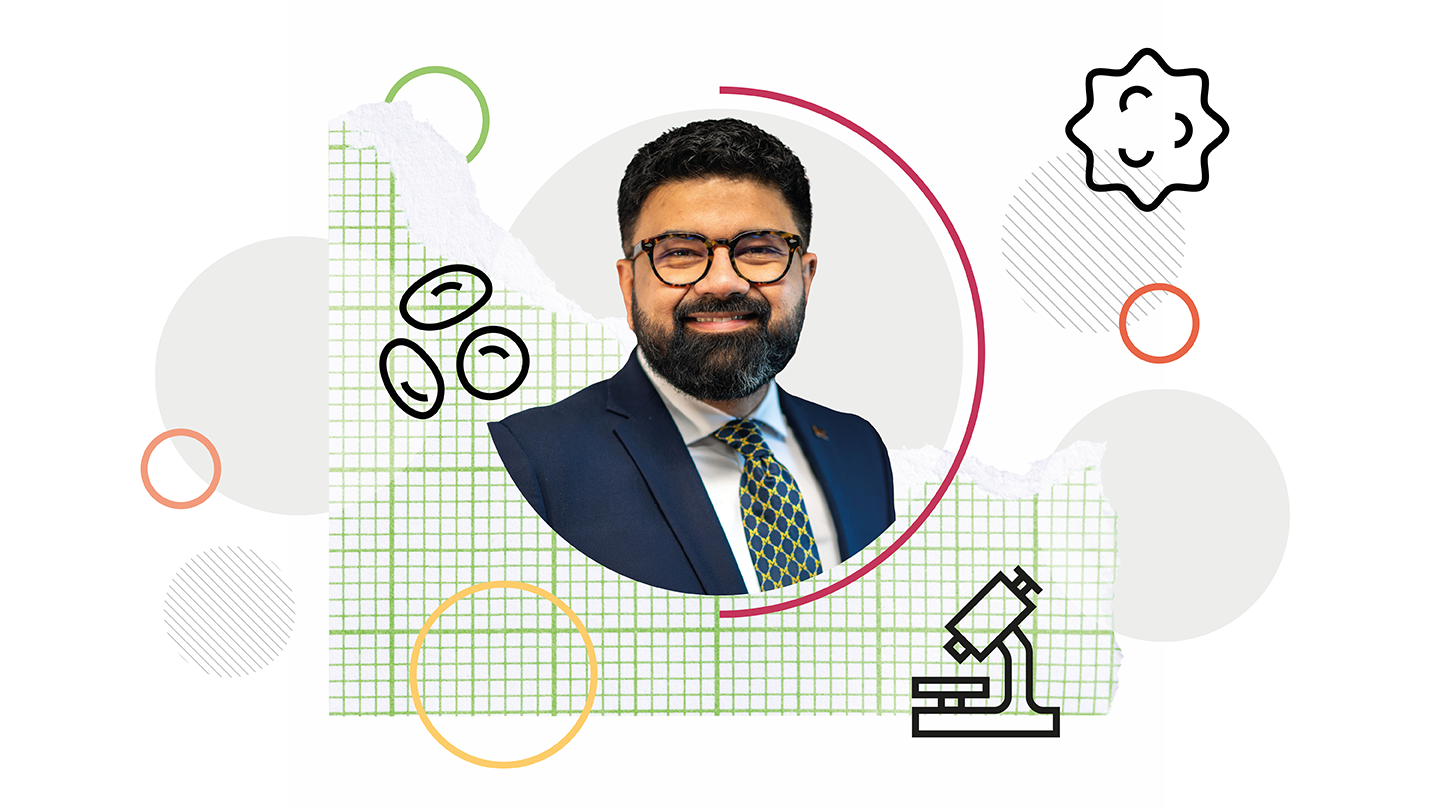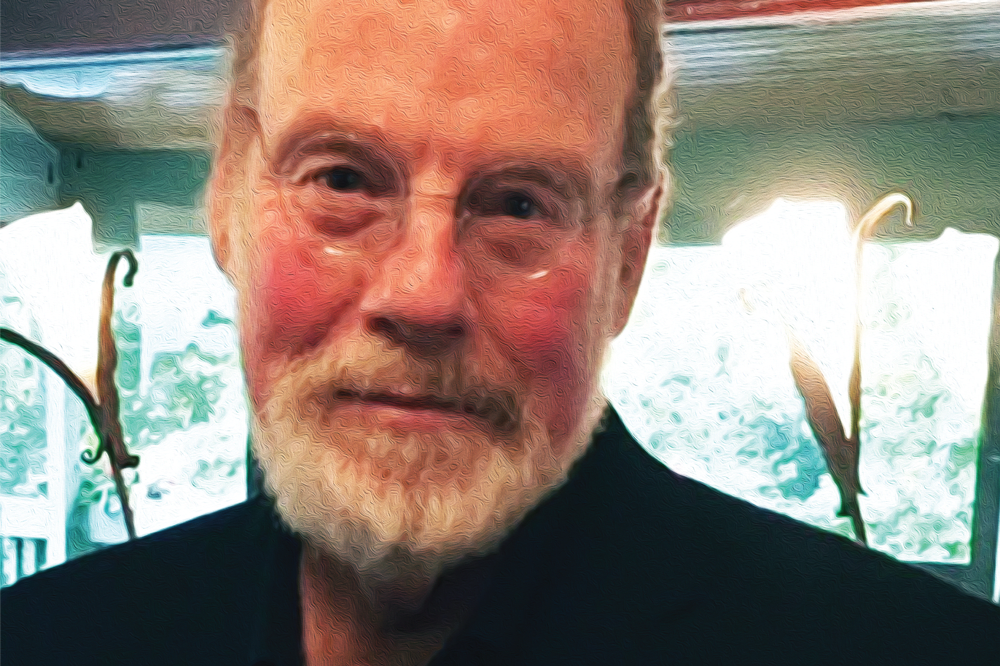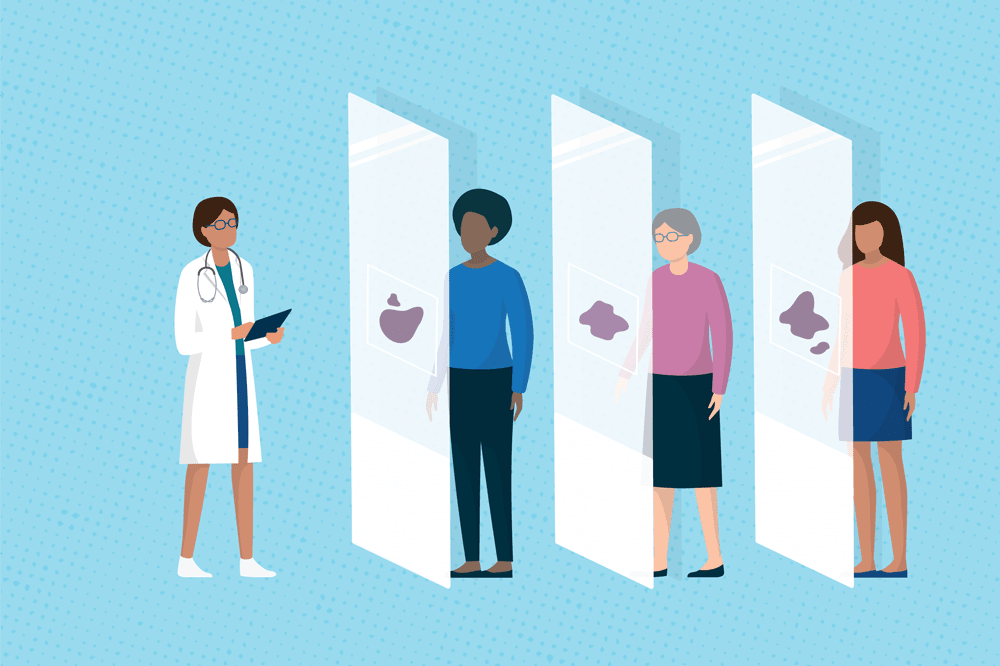
What drew you to pathology?
At first, when I started medical school, pathology wasn’t even on my radar – just like most students. But near the end of my studies, I met a new pathologist at my school who really inspired me with how she presented the field. Up to that point, I had enjoyed every specialty I explored, which made choosing a path difficult. But meeting her put pathology on my radar.
After med school, while preparing for the US medical licensing exams, I spent some time in a pathology lab. That experience led me to pursue a PhD in lung and vascular biology. One concern I had about pathology was the lack of direct patient interaction – being very much a people person. But during grad school, being away from patients didn’t feel unnatural, and I realized I didn’t miss that part of medicine as much as I expected. That helped me see that pathology was the right fit for me, and I’ve never looked back.
What’s your favorite part of your work?
What I love most about being a hematopathologist is the impact I can have across a person’s entire life – from newborns to the elderly. I examine everything from baby blood smears to lymph nodes from 90-year-olds, which means I’m not limited to a specific age group or type of patient. It’s incredibly rewarding to know I can help make critical diagnoses that truly affect people’s lives.
For example, I might be the one who helps determine whether a child’s fever is due to something serious like leukemia or just a viral infection. That kind of responsibility is huge – both humbling and awe-inspiring – and I feel honored to carry it. I really love that aspect of my work.
What’s the most difficult part of your work?
I think the hardest part of our job is that most of the medical field doesn’t really understand what we do. Because of that, they don’t fully see our value or know how to make the most of our expertise. For instance, when a hospital plans a major expansion, they’ll think of many departments – but pathology and lab services are often just an afterthought.
Many people don’t understand the jigsaw puzzle that pathologists represent. And since they don’t understand us, we’re not valued or leveraged correctly. We’re usually working behind the scenes as a specialty, and we’re very “out of sight, out of mind” – an afterthought despite the importance of what we do. This means we aren't included in early important decisions, even though we should be. It’s a massive missed opportunity for healthcare as a whole.
Tell us about a memorable experience in your career so far.
When I was a hematopathology fellow, one of my patients (a teenage leukemia survivor) asked if they could see their blood smears. I had the privilege of showing them three slides: one from before their diagnosis, one during their illness, and one showing healthy blood after remission. That moment was incredibly powerful for both of us – words can’t fully describe what it meant to me.
It reinforced my belief in the importance of pathologists connecting directly with patients. This idea is gaining traction now, though it’s still in early stages. At the University of Michigan, I co-chair the Patient and Family Advisory Council, where patients, administrators, and pathologists collaborate to improve patient care. We’re one of the few institutions with a dedicated pathology clinic, where, for example, breast pathologists meet with patients both in person and virtually. We had begun exploring similar efforts in other subspecialties before the pandemic, and now we’re looking to grow that again.
Ultimately, pathologists are doctors like any others – and we should be able to interact with patients when it matters. Yes, our work is complex and our schedules are packed, but if tools like AI can take over routine tasks, maybe we’ll finally have the time to return to those human connections. That’s part of why we became physicians in the first place.
What’s one thing you’d like people to know about what you do?
I want people to know that pathologists are a vital part of their healthcare team. Healthcare is a team effort – we don’t work in isolation – and pathologists play a big role behind the scenes.
When patients think about their care, they often picture the doctors they meet – like pediatricians or oncologists. But there’s also a team working in the background to diagnose diseases, monitor remission, and guide treatment decisions. We’re deeply involved in their care, even if they don’t realize it.
I’ve written about this in The Pathologist before, and maybe it’s time to write more. The bottom line is: we’re physicians too, and we’re rooting for every patient’s health – even if we’re not always visible.
How would you describe pathology in five words or less?
Absolutely essential for health.




